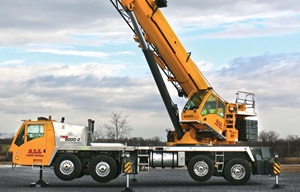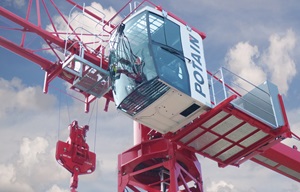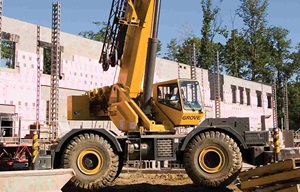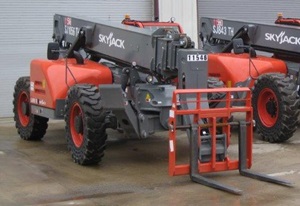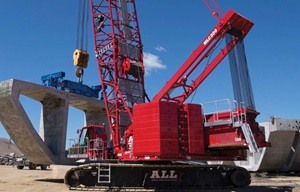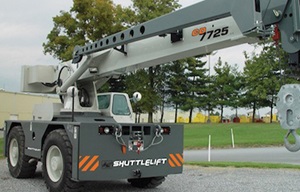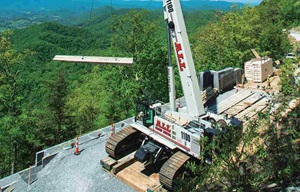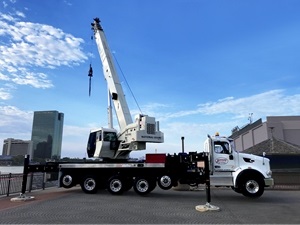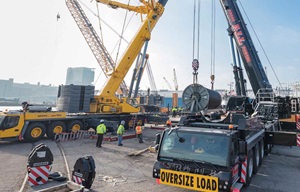Dawes Rigging & Crane Rental, Inc. (Milwaukee)
Milwaukee, WI 53214
Main: 414.453.5335
Fax: 414.453.2494
Crane Rental in Milwaukee, Wisconsin
Dawes Milwaukee is home to a full-service paint booth as well as manufacturer qualified welders. We also have a for-hire trucking company DST (Dawes Special Transport) that is able to handle our customers’ transportation needs locally or across the country.

Fleet Highlights Include
Many Liebherr all-terrain cranes have been introduced into the Wisconsin market through Dawes including the LTM 1130-5.1, LTM 1160-5.2, LTM 1200-5.1, LTM 1230-5.1, LTM 1450-8.1 and the LTM 1500-8.1. We have special attachments for many of these ATs, including short rigging jibs that allow us to perform special lifts with precast panels
The LTM1160-5.2 and LTM1450-8.1 are creating quite the buzz in Wisconsin with their Vario-Base® and Vario-Ballast® features which in many cases gives Dawes the ability to save our valued customer base a great deal of money while improving safety.
In addition to mobile cranes, Dawes’ local fleet includes tower cranes and a wide variety of aerial work platforms (MEWPs), including scissor lifts, telescopic booms and articulating booms, boom trucks, and industrial, rough terrain, and telescopic forklifts (telehandlers).
Every Dawes location benefits from the entire ALL Family fleet, including crawler cranes (up to 1,200 USt), all-terrain cranes (up to 900 USt), hydraulic truck cranes (up to 115 USt), rough terrain cranes (up to 165 USt), industrial cranes (up to 25 USt), tower cranes (up to 35 USt), and mini crawler cranes (up to 4.24 USt).
Industries We Specialize In
Equipment for Rent at Dawes Rigging & Crane Rental, Inc. (Milwaukee)
Dawes is an authorized retailer for these manufacturers



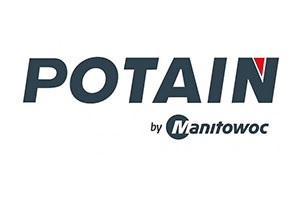



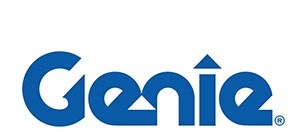

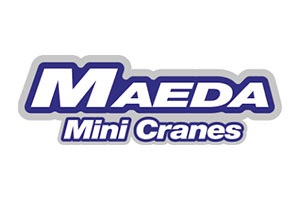
AUTHORIZED SERVICE CENTER
Staff
David Kovach
Stewart LaPointe
Joe Ruddell
Ryan Harrison
Crane Rental & Sales Service Areas
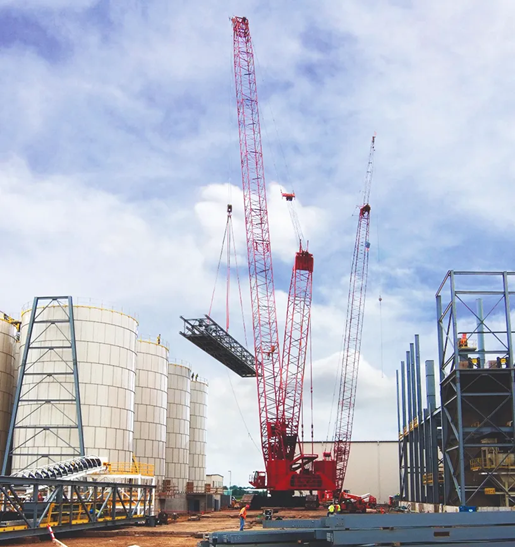
MINNESOTA
Goodhue County: Red Wing, Zumbrota, Cannon Falls, Pine Island
Hennepin County: Minneapolis, Bloomington, Brooklyn Park, Plymouth
Olmsted County: Rochester, Byron, Stewartville, Chatfield
Ramsey County: St. Paul, Maplewood, Roseville, Shoreview, New Brighton
WISCONSIN
Dodge County: Watertown, Beaver Dam, Hartford, Waupun, Columbus
Jefferson County: Janesville, Oconomowoc, Whitewater, Fort Atkinson
Kenosha County: Kenosha, Pleasant Prairie, Salem Lakes, Somers
Milwaukee County: Milwaukee, West Allis, Wauwatosa, Greenfield, Oak Creek
Ozaukee County: Mequon, Port Washington, Grafton, Cedarburg, Belgium
Racine County: Racine, Mount Pleasant, Caledonia, Burlington, Waterford
Walworth County: Whitewater, Elkhorn, Lake Geneva, Delavan, East Troy
Washington County: West Bend, Germantown, Hartford, Richfield, Jackson
Waukesha County: Waukesha, Brookfield, New Berlin, Menomonee Falls, Muskego
IOWA
Cerro Gordo County: Mason City, Clear Lake, Rockwell
Des Moines County: Burlington, Mediapolis, Danville
Polk County: Des Moines, Ankeny, Urbandale, Johnston, Altoona
Story County: Ames, Nevada, Huxley, Story City
Warren County: Indianola, Norwalk, Carlisle
Webster County: Fort Dodge, Gowrie, Dayton
Woodbury County: Sioux City, Sergeant Bluff, Moville
NEBRASKA
Douglas County: Omaha, Ralston, Valley, Bennington
Hall County: Grand Island, Wood River, Shelton
Lancaster County: Lincoln, Waverly, Hickman, Bennet
Lincoln County: North Platte, Sutherland
KANSAS
Sedgwick County: Wichita, Derby, Haysville, Bel Aire, Park City
Wyandotte County: Kansas City, Bonner Springs, Edwardsville
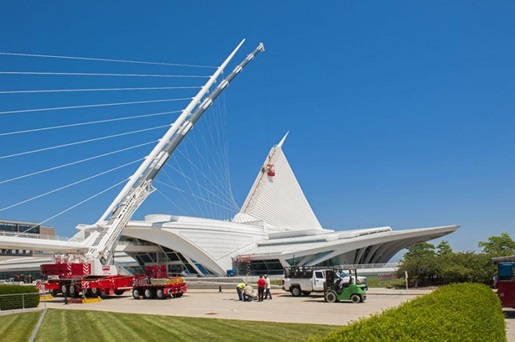
WORK OF ART
Jul 15, 2020
In 2001, the Milwaukee skyline changed forever with completion of the Milwaukee Art Museum’s Quadracci Pavilion.

